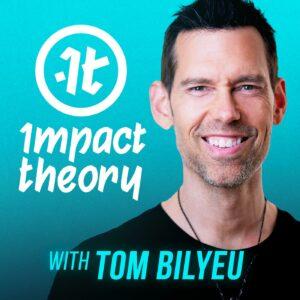
In this episode of the Hidden Brain podcast, titled “Where Do Feelings Come From?”, Lisa Feldman Barrett, a psychologist and neuroscientist, explores the fascinating world of emotions and how our brains construct our experiences. Barrett challenges the conventional understanding of emotions as reactions to the world and instead presents them as predictions about the world. Through personal anecdotes and scientific insights, she sheds light on the power of context, past experiences, and curiosity in shaping our emotions.
The brain constructs our experiences by splicing together signals from our eyes, ears, and skin, creating the sounds and sights we perceive. Rather than passively receiving information from the outside world, the brain actively predicts what it’s going to hear, see, touch, and smell. These predictions shape our reality and allow the brain to construct a rich and varied world inside our skulls.
Lisa Feldman Barrett’s childhood experiences, particularly her stepgrandmother’s actions and her strained relationship with her stepfather, deeply influenced her understanding of emotional responsibility. Growing up, she was constantly held accountable for her mother’s emotions, leading to punishment and a sense of responsibility for others’ feelings. These experiences, along with her outlier status in her family, shaped her perspective on emotions and the brain.
Emotions are not simply reactions to external factors but rather predictions about the world. Lisa Barrett’s experiments on self-descriptancy theory revealed the impact of mismatches between how people describe themselves and who they want to be on their emotions. However, accurately classifying emotions proved challenging, as people often use sadness and anxiety interchangeably when reporting their feelings. The context in which emotions are experienced plays a crucial role in how they are interpreted, both by ourselves and others.
The brain constantly receives sensory signals from the body and has to guess their meaning. These guesses, based on past experiences, become our experiences and emotions. Our feelings are predictions about the world, designed to guide our behavior and prepare us for action. The brain’s predictive nature allows us to navigate our surroundings efficiently and make sense of the sensory signals we receive. However, there are moments when the brain becomes aware of its guesses, leading to adjustments and corrections in our perceptions.
Understanding the brain’s role in constructing our emotions and experiences offers a new perspective on how we navigate the world. Emotions are not fixed reactions but rather dynamic predictions that can be shaped and controlled. By recognizing the power of context, past experiences, and curiosity, we can gain a deeper understanding of our emotions and learn to regulate them effectively. Lisa Feldman Barrett’s research and personal insights provide valuable insights into the complex interplay between the brain and emotions.